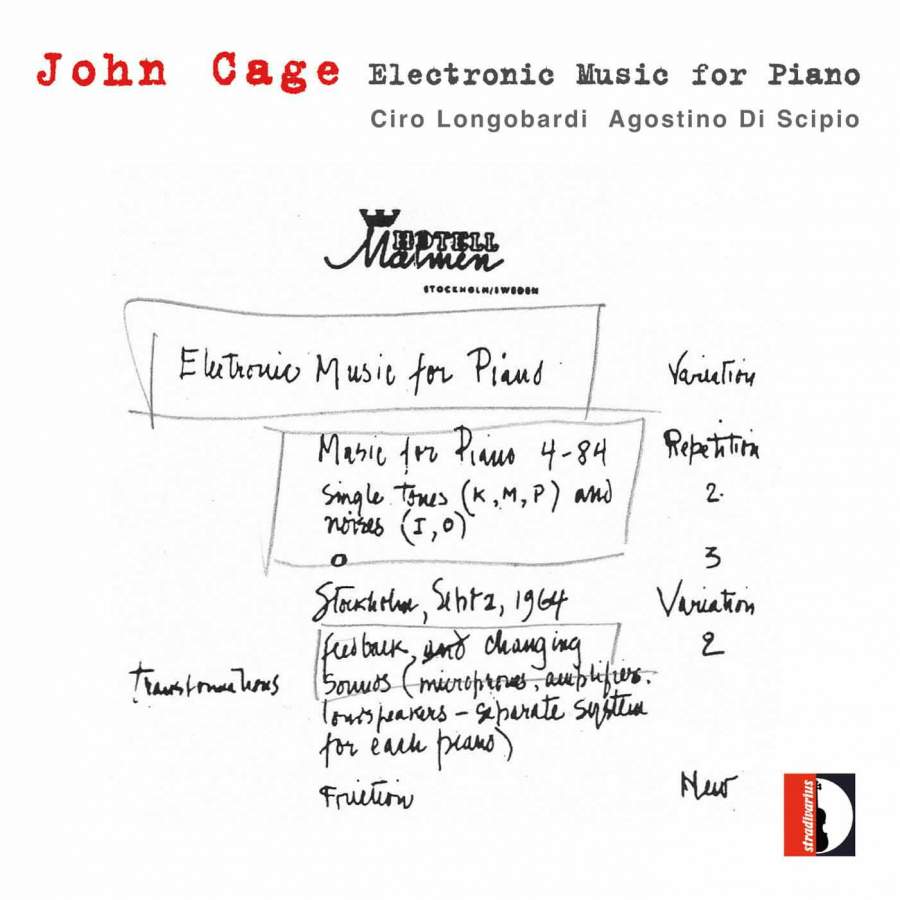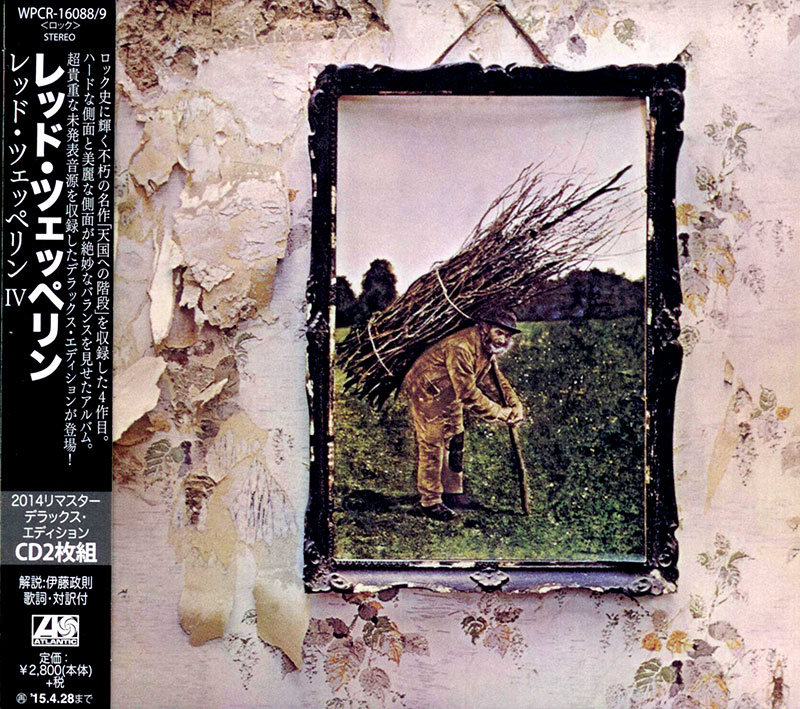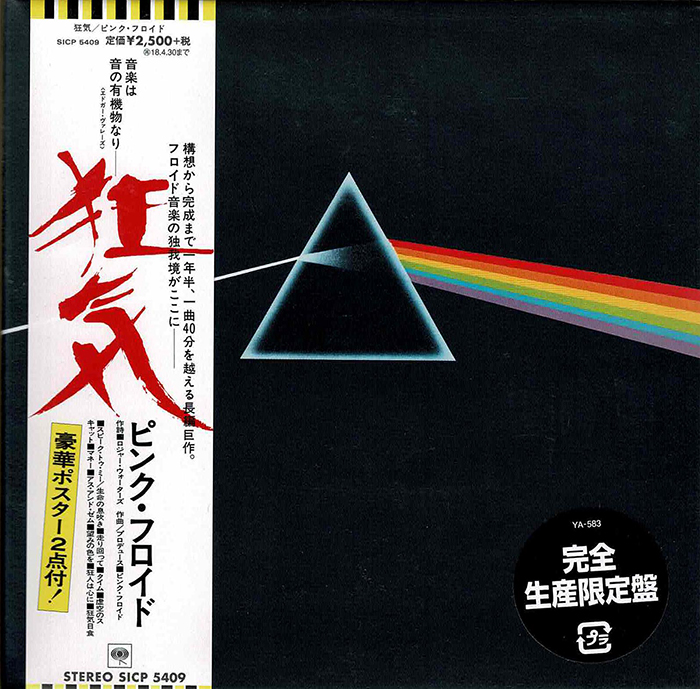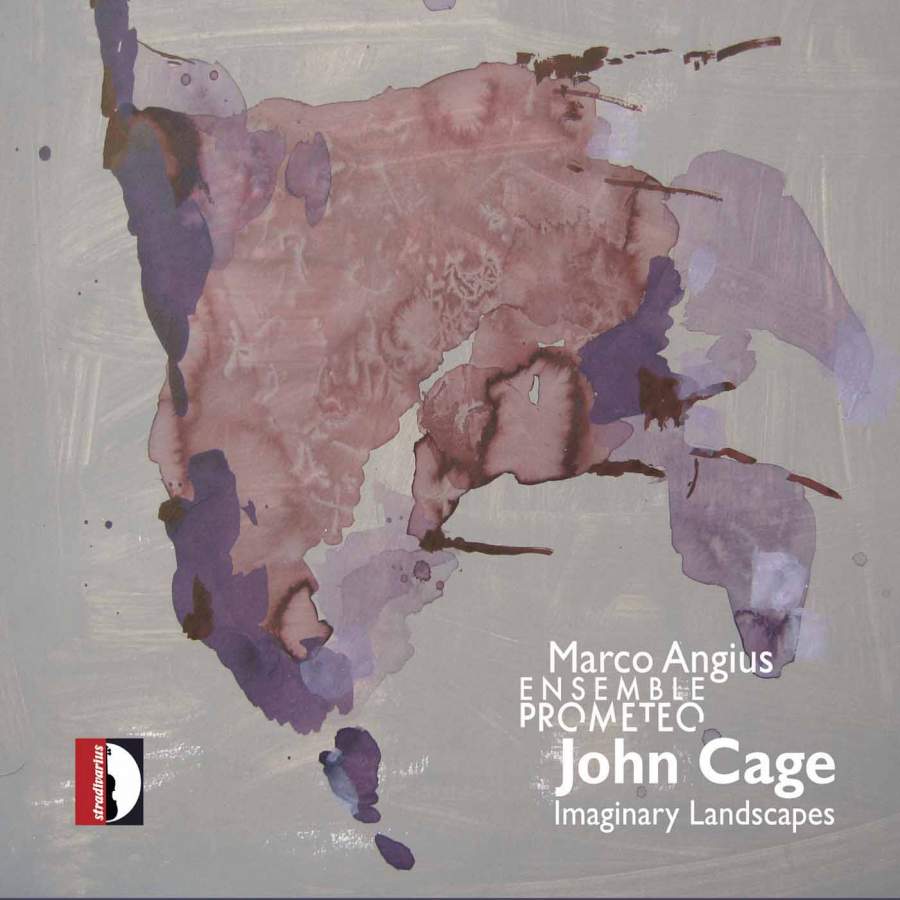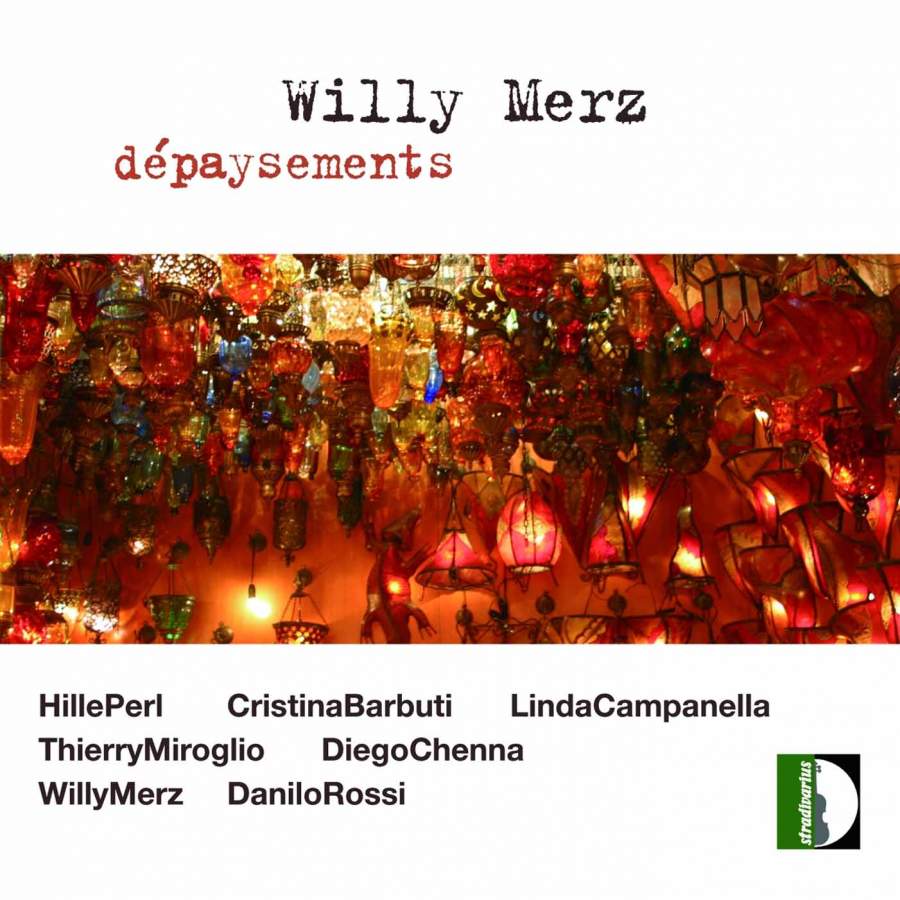Logowanie
Mikołaj - ten to ma gest!
Elton John, The Mamas & The Papas, Cat Stevens, Rod Stewart, Bobbie Gentry, Stevie Wonder, Engelbert Humperdinck
Memory Lane
Edycja Numerowana - 1000 egzemplarzy w skali światowej
RACHMANINOV, Eiji Oue, Minnesota Orchestra
Symphonic Dances / Vocalise
Best Recordings of 2001!!! NAJCZĘŚCIEJ KUPOWANA PŁYTA Z RR!
Karnawał czas zacząć!
Music of Love - Hi-Fi Latin Rhythms
Samba : Music of Celebration
AUDIOPHILE 24BIT RECORDING AND MASTERING
CHOPIN, LISZT, DEBUSSY, DVORAK, Gerhard Oppitz
Dances romantiques - A fantastic Notturno
Wzorcowa jakość audiofilska z Clearaudio
Winylowy niezbędnik
ClearAudio
Double Matrix Professional - Sonic
najbardziej inteligentna i skuteczna pralka do płyt winylowych wszelkiego typu - całkowicie automatyczna
CAGE, Ciro Longobardi, Agostino Di Scipio
Electronic Music for Piano
- Ciro Longobardi - piano
- Agostino Di Scipio - synthesizer
- CAGE
Longobardi and Di Scipio are boldly interventionist, organizing their version into seven sequences … the world they create is exquisitely beautiful; a delicate dance of beguiling pianissimos,... — The Strad, March/April 2013 From the liner notes by Ciro Longobardi: “A hotel letterhead paper, filled with enigmatic handwritten instructions – first to be deciphered, then interpreted – before a David Tudor performance in Stockholm. That’s how the “score” of Electronic Music for Piano (1964) appears, half a rebus, half a cryptic message. Yet, at a close reading, we soon get to know about the basic piano materials, consisting of the pre-existent series of pieces entitled Music for Piano 4-84 (1953-56). At that time, Cage was searching for a “fast” procedure of composing, which could help him in particular circumstances, without completely replacing I Ching chance operations. In those pieces, all written for Merce Cunningham, the composer exploited the imperfections of paper sheets in order to graphically fix and notate pitch and noise events in the score. It is worth briefly reminding the particular procedure (Cage wrote about it in an article first appeared in 1957, To Describe the Process of Composition Used in Music for Piano 21- 52). First, a master-page is made including four musical systems each with two staves (with enough upper and lower room for leger lines) and an additional staff in-between for the notation of noises to be made inside or outside the piano. On another transparent sheet of paper, the imperfections are penciled, in a number determined by I Ching tosses. Then, this transparent sheet is placed upon the master-page and the penciled marks are inked either on the staves, on the leger lines or by the noise middle line. Further chance operations determine the clefs and sound features (whether the note should be natural, sharp or flat, whether it should be performed on the keyboard, muted or plucked”). Each piece is numbered and included in a series of sixteen (except number 20 and numbers 1, 2, 3 and 85, these latter being outside the range 4-84 to be used here). Accordingly, there are 81 pieces available, which can be performed as separate pieces or in a sequence, with or without intermission, by one or more pianists - therefore even overlapped.





























